It’s widely acknowledged is that a great letterer is one that you don’t notice. Marshall Dillon is often an exception to that rule. He made a big splash with his work on Skullkickers, a series with explosive action and silly sound effects. Dillon has deepened his footprint in the comics industry on titles like Prince Valiant, the Thrilling Adventure Hour books, Wayward and a whole lot more. I wanted to learn about the working habits and outside interests of a letterer, and Dillon explained his occupation well.
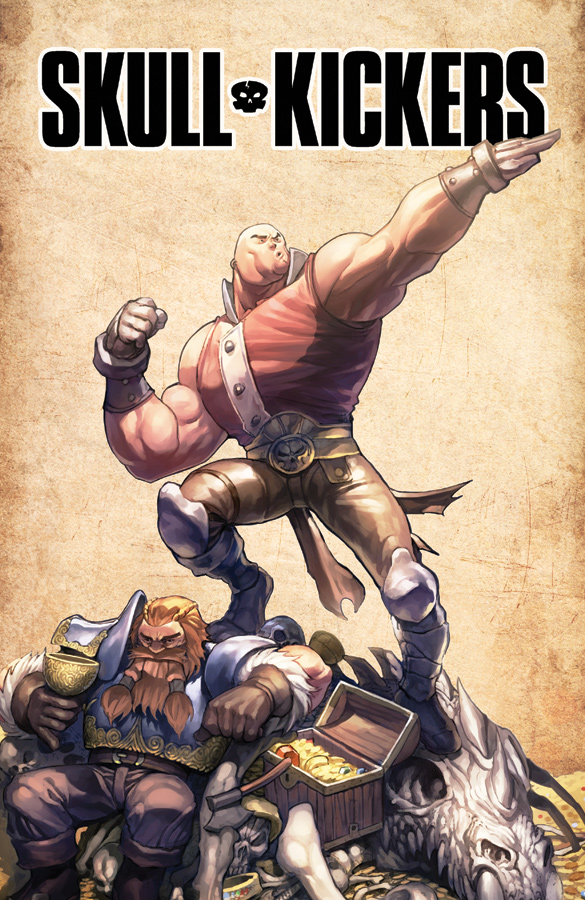
Are you making a living solely off of lettering and design?
Yep. I dabble in other things like writing and consulting, but don’t receive any reliable income from those. Since becoming a full-time letterer in 2006 it has provided a good living.
Is it at all a stable form of income?
It can be. Some years are better than others, but when I started lettering full time it was actually my way to “escape” Chicago. I was barely making a living there… and I mean BARELY. That first month I lettered four Korean Manhwa (Korean version of Manga) and made more money that I was making at my day job. It was just enough money to move back to Flint Michigan (where I’m from). Flint was / is a much more affordable place to live than Chicago. Over the next 6 months I had expanded into freelance project management / editorial for BOOM!, Speakeasy, Ice Kunion, and Udon. So I got an intern and office space and ramped up the work flow.
What can make it unsteady?
Well, lots of things. At the high point my studio had two employees and an intern. Then Speakeasy folded leaving me several thousand dollars short. Ice Kunion joined The Hachette Book Group and changed their production schedule. BOOM! was growing and wanted to bring their editorial team in house (a very wise decision) but I wasn’t ready to move to LA, so I relinquished BOOM!’s editorial work. As new editors came in and old projects ended I lost out on new lettering jobs too. Every editor has their go-to letterer and I hadn’t worked with the new editors so I was out. With all the change-ups I closed my studio and gave the Ice Kunion / Hachette account to my assistant.
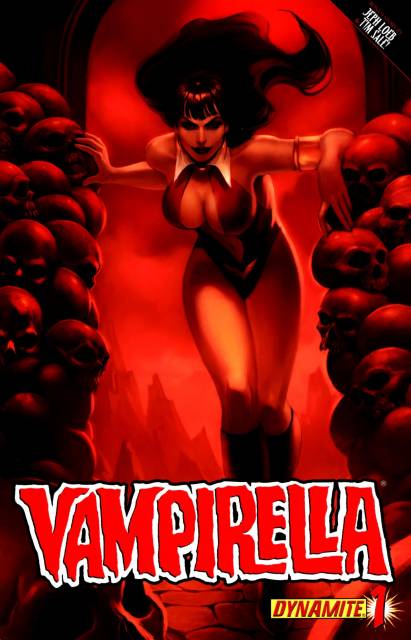
I’ve often heard that getting work as a letterer is very much about networking. How do you personally network?
SO true. Like I said about the editors at BOOM!, the relationship between editor and letterer is a very close one. In my experience editors and letterers have each other’s back. Letterers often do overnight jobs, work weekends, holidays, etc. in order to keep the editor’s fat out of the fire. In return the editors tend to have just one or two letterers they use. It’s a reliability issue. The editors need a reliable letterer to lean on and the letterers need a reliable source of income. But that also creates a barrier to entry for letterers that want to work with a specific editor or company. It took me three years of hounding Joe Rybandt (Dynamite) to land Vampirella in 2010. It’s all “slow-burn”. You meet someone at a convention and you get along. Six months or a year later you see them again and they ask what you’re working on. So you send them some samples. You keep in contact over the next year or two and then you get a shot, a single project. If it goes well you get a second and then a third. It’s really really a slow process. And it’s all built on friendships. You’ve got to be competent but you also need to be a good person and be looking out for other people’s interests as well as your own. Their’s a sort of karma to it.
Lettering is one of the last stops on the production line. Does that mean a lot of tight deadlines for you?
When working for a medium to large house you’re right, a letterer often comes in last in the production cycle and turn around times are often overnight. Sometimes though, especially with smaller publishers, you come in very early and are able to set up a distinct style and advise on storytelling concerns and technical items like page formatting. Anytime you can get the groundwork laid ahead of time the project is improved. When working on these projects I try to ensure that the whole team learns the technical basics of comic book production so we can all keep our eye out for potential roadblocks down the line. And once you learn those things all your future projects run more smoothly.
How do you manage the deadlines without disrupting your regular schedule?
Well, this is a JOB. I work five days a week and about twelve hours a day. So booking enough work is crucial. Some of that work us urgent, some is not. It’s just a juggling act. If a project comes in and it’s late, it moves to the head of the line. If a project isn’t due till next month it gets pushed back. People try to use schedules and forecast work, but as a letterer what’s right in front of me is what’s real, and it’s what gets done.
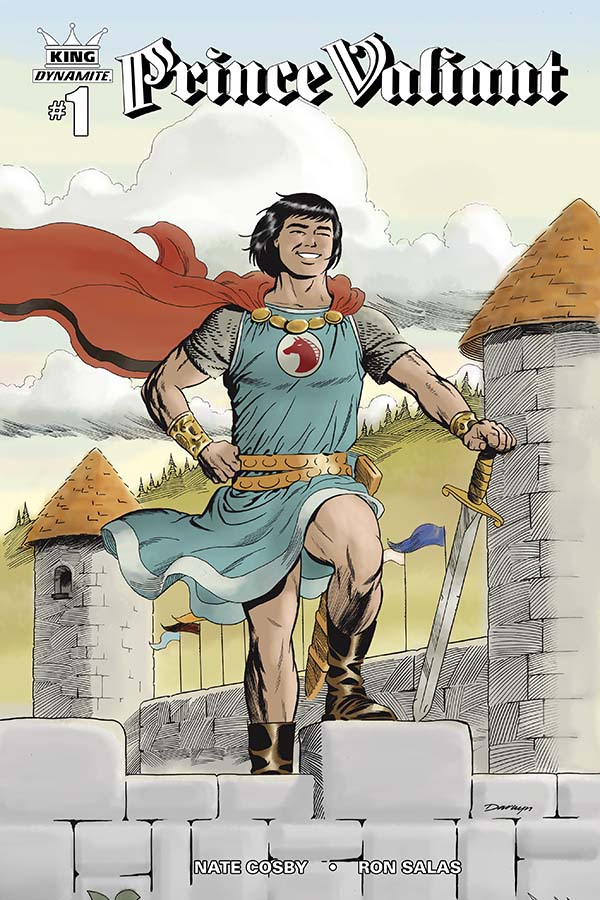
What are the biggest differences between lettering a creator-owned books and lettering a licensed series?
The team on a creator-owned series tends to have a better idea of what they want. Maybe it’s because it’s more personal. They tend to give better feedback. Licensed books usually have several layers of editorial before you get to the true owner of the project and if they don’t understand the language of comics their notes can be confusing or even contradictory. But every project is different. I’ve worked on some licensed books / lines where the editor had a hotline directly to the owner of the property and others where the owner was five levels removed with license brokers functioned as a wall around the owner.
How do you determine your pricing for lettering and design?
When you’re new you ask around and you charge what others are charging. A good rule of thumb is to figure our what you need for a days work and charge that for a comic. Take what you’re learned and apply that to the next job. Most companies, large and small, have set budget for lettering, so when working for them you get the company rate. When people start approaching you about work you can usually get a little more money, but you need to be flexible and bend with the market. If you ask some of the letterers from the 80s what their page rates were back then and adjust them for inflation it’s kinda shocking.
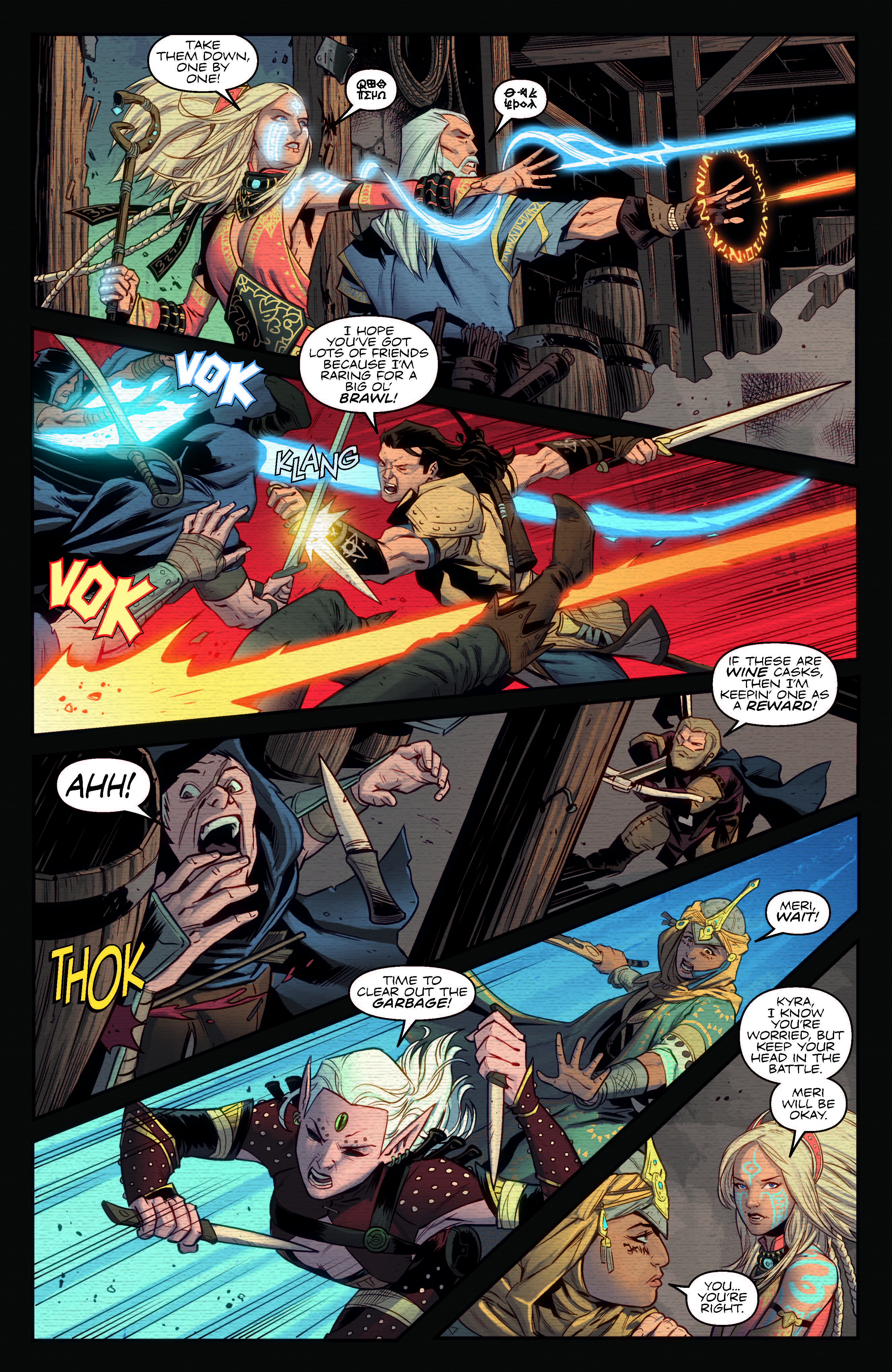
Are there ever cases when you’d charge more or less than your standard rate?
It’s nigh impossible to predict what a project will require. You can usually get a glimpse, but it’s a crap-shoot. I never change my rate mid-project unless the client is being ridiculous. If a particular page or sequence of pages is completely rewritten I’ll re-bill those pages.
Be honest: how sweet does it feel to see a page with only a couple captions/lines of dialogue?
HAHA! Well… from a financial standpoint it feels good. But from an artistic / storytelling standpoint it usually fees like crap. Letterers are artists. We’re a very particular kind of artist, but artists nonetheless. If I’m not adding my own artistic touch to a page in a story I feel kinda crappy. Also, it’s my sincere belief that sparse or silent pages cheat the reader a bit. A five page silent sequence reads as quickly as a single page that has a moderate amount of lettering. And unless the point of view character is deaf there’s always some amount of sound that can help you tell the story.
What are some of the most satisfying projects you’ve worked on as a letterer, and why?
Skullkickers and Wayward top the list. Those creative teams really know what they’re doing. Each person involved is a powerhouse. Jim Zub in particular is someone I’m extremely happy working with and very proud to call a friend.
Anything I do for Udon is very fulfilling. Erik Ko (head honcho) is the best businessman in comics, and by that I mean he cares about his people. Matt Moylan (editor) is very considerate, technically literate, and a helluva guy in his own right. I’m never too busy for an Udon project.
Aw Yeah Comics… I’ve known Art and Franco from the beginning of my career, since ’93 or ’94. Their tenacity is so inspirational. I’m currently working with them on some foreign language adaptations of their books, and was able to build a font based on Art’s hand lettering, which is a complete thrill!
Any time I can make suggestions and give technical advice that the client can implement and is thankful for I’m pretty stoked. Some of those recent clients are Brian Pulido (Lady Death), all the folks at Famous Monsters of Filmland / American Gothic Press (Gunsuits, Broken Moon, Bornhome), Darin Henry (SitComcis).
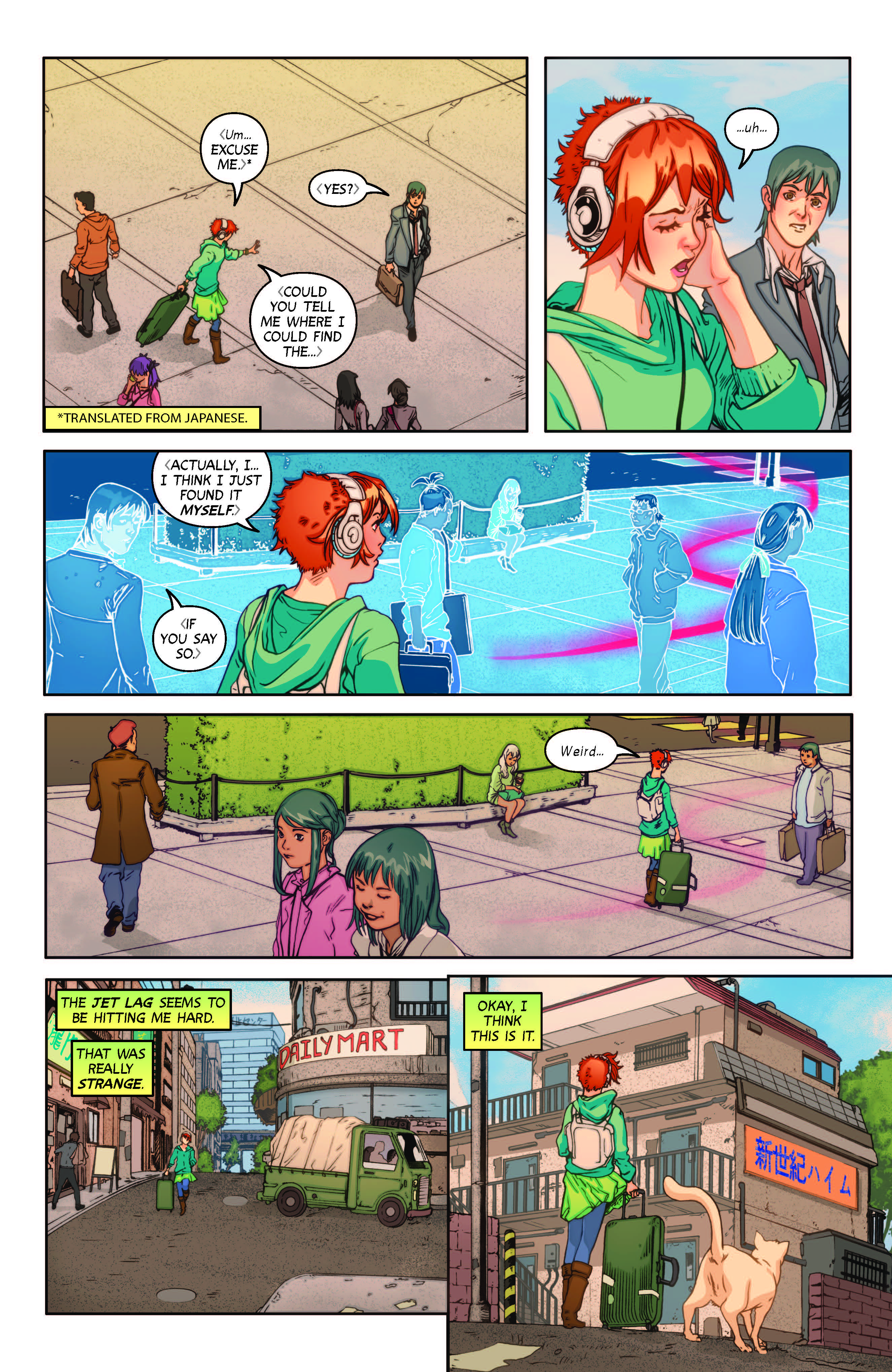
I previously complimented you on the gray brackets for translations in Wayward. How much of the job is innovating like that?
Thanks again. It’s something most people don’t notice, but it speaks to the artistic storytelling of the letterer. The main character in Wayward, Rory Lane, is half Japanese and half Irish. She moves to Japan as a teenager. When she speaks English and there are no brackets, and her thoughts have no brackets (she thinks in English). She speaks Japanese fluently, but it’s not her native tongue, so I wanted to convey a slight foreign-ness but not a communication barrier. In a different time I might have tried to use a “Japanese looking” font (whatever that might be). Or I might have tried to use different shaped balloons for the Japanese speakers but what Jim and I came up with works very well in my opinion. It conveys a difference. It asks the reader to figure out why we did what we did, but it doesn’t hit the reader of the head with something jarring. I LOVE creating things like this for projects. When I was lettering Pathfinder for Dynamite / Paizo I had a lot of magic incantations to letter. I built a set of glyphs from the dialogue font so they’d fit the style but look arcane at the same time. I also tried to keep those incantations consistent throughout the series so that when a character casts the a spell in issue 10 that they also cast in issue 3 it’s the same set of glyphs. Who knows if anyone notices these things, but they’re important to me.
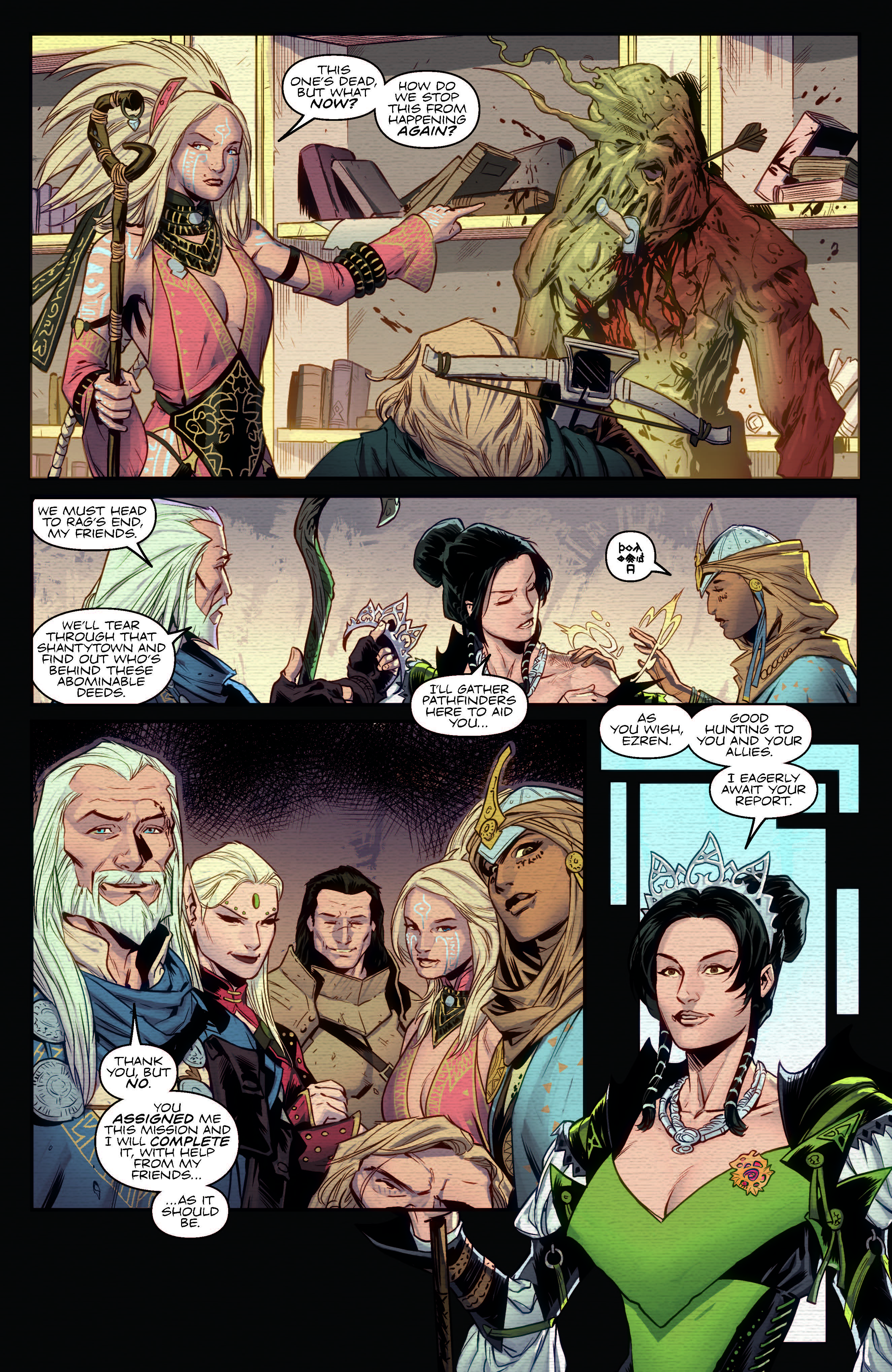
Do you feel like you’re able to express yourself fully artistically solely through your lettering?
Solely? No. Over twenty years ago I got into this business as a self published writer. Telling stories is what I’ve always wanted to do. I love lettering, I’ve worked with some absolutely amazing people and have incredible friends in the industry, but as an artist, as a storyteller, I need to create my own work. I’ve created a paper & dice tabletop RPG (like D&D / Pathfinder). I’ll be released under the creative commons license. I’m currently looking for alpha-testers to help me find the bugs. I’m also in the early stages of working on an OGN about Neanderthals. Finally, I’ve started a podcast about the creative process and how it intersects with real life called “Interrupted” which you can find here. It’s also available on iTunes. I’ve got two great co-hosts: Chris Kirby (Lost Squad) and Ben Hunzeker (Sonic the Hedgehog). As for lettering specifically I’d like to form more relationships with great storytellers. I particularly look forward to working on more creator-owned books.
Anyone who’s interested can read my free comic, “The Cursed Blade” here. I created it for Double Feature Comics (now defunct) with Matt Cossin & his brother Mikey. This story takes place in the world of my fantasy RPG. Note: There’s a special back up story by me and Alberto Jiménez Alburquerque (Letter 44) that was created for Aces Weekly.
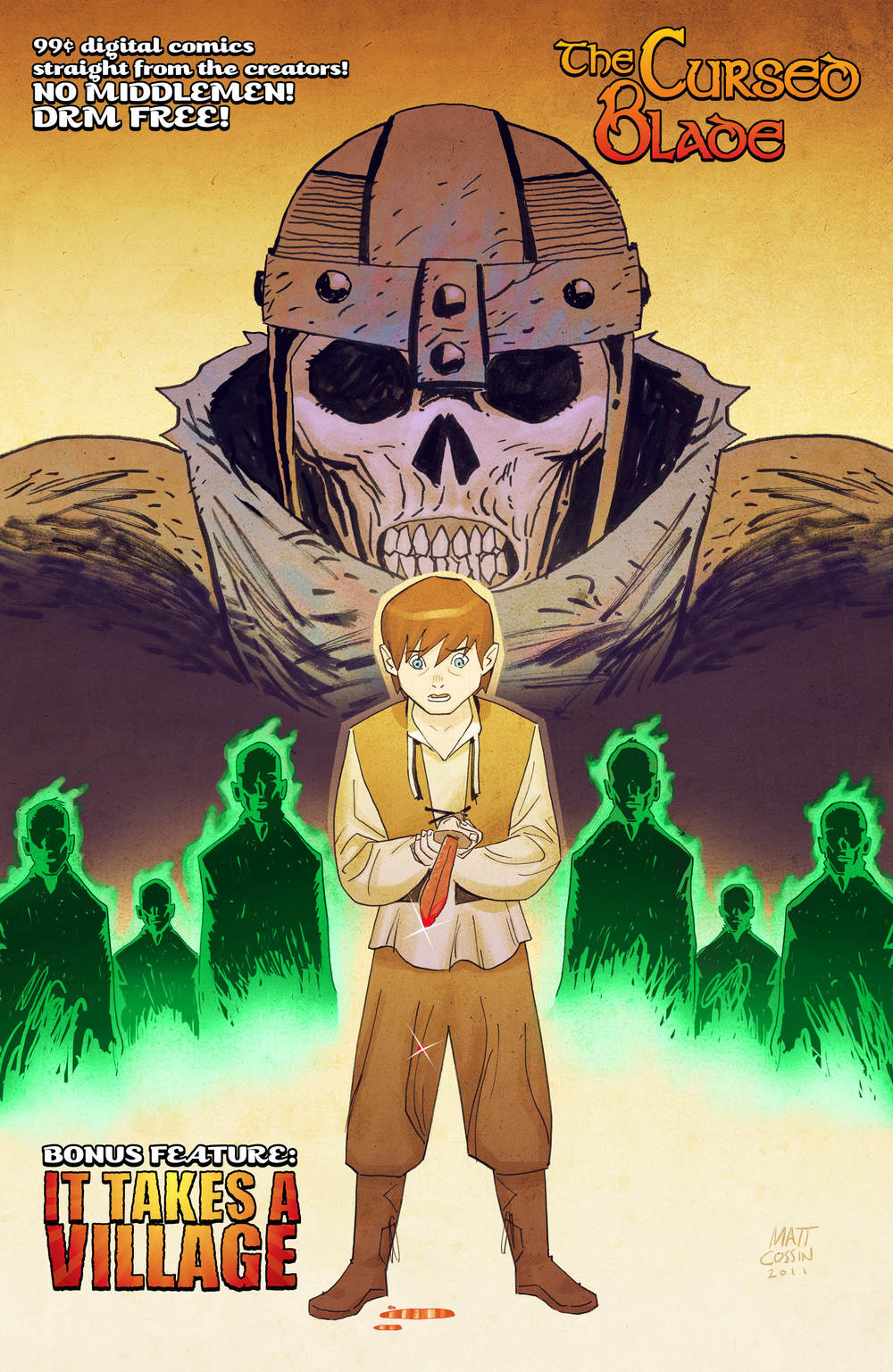


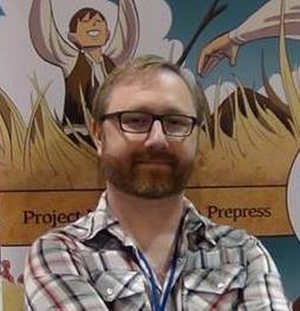
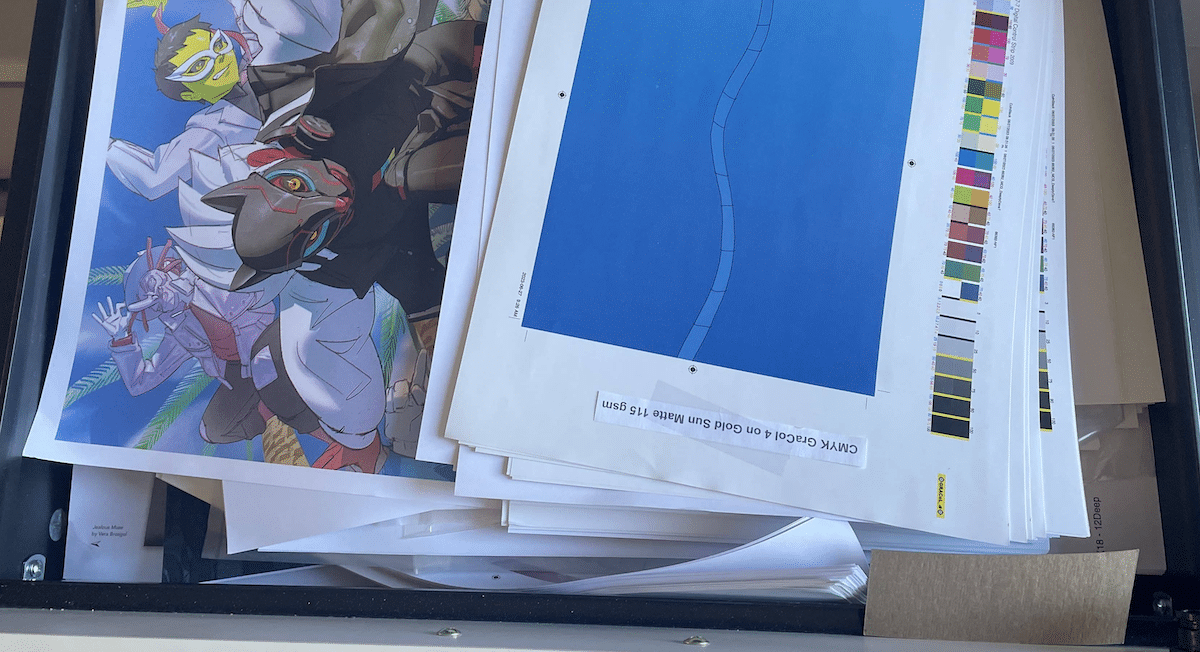
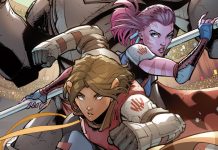
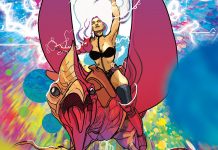



Very nice interview. Thanks.
not sure what’s going on with my icon there though…
My nephew is a rock star
Comments are closed.